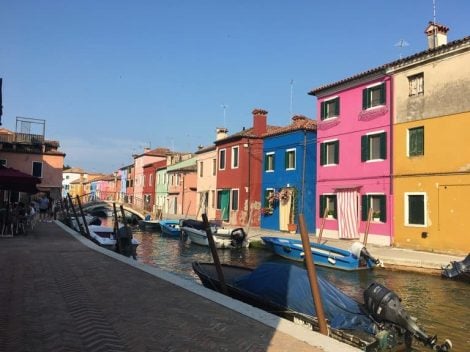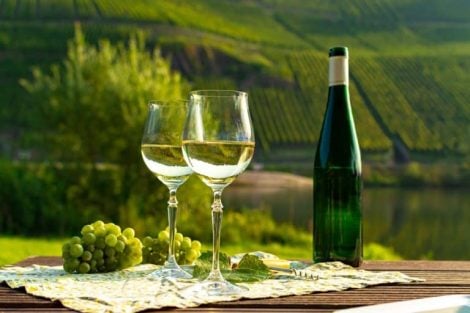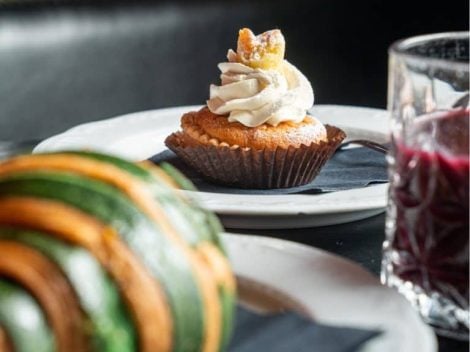Catalan cuisine
"In Catalonia, domestic cooking is always the base. Even the most revolutionary chefs agree of that that. All innovation starts from there". Xavier Medina, UNESCO Chair on Food, Culture and Development at the Universitat Oberta de Catalunya (UOC) in Barcelona, is adamant about the role of the dishes that constitute the core of Catalan culinary customs. As a matter of fact, he points to them as an important element in identifying food heritage, the topic we were discussing in the framework of the Fulbright Specialist grant that had taken me to Barcelona.
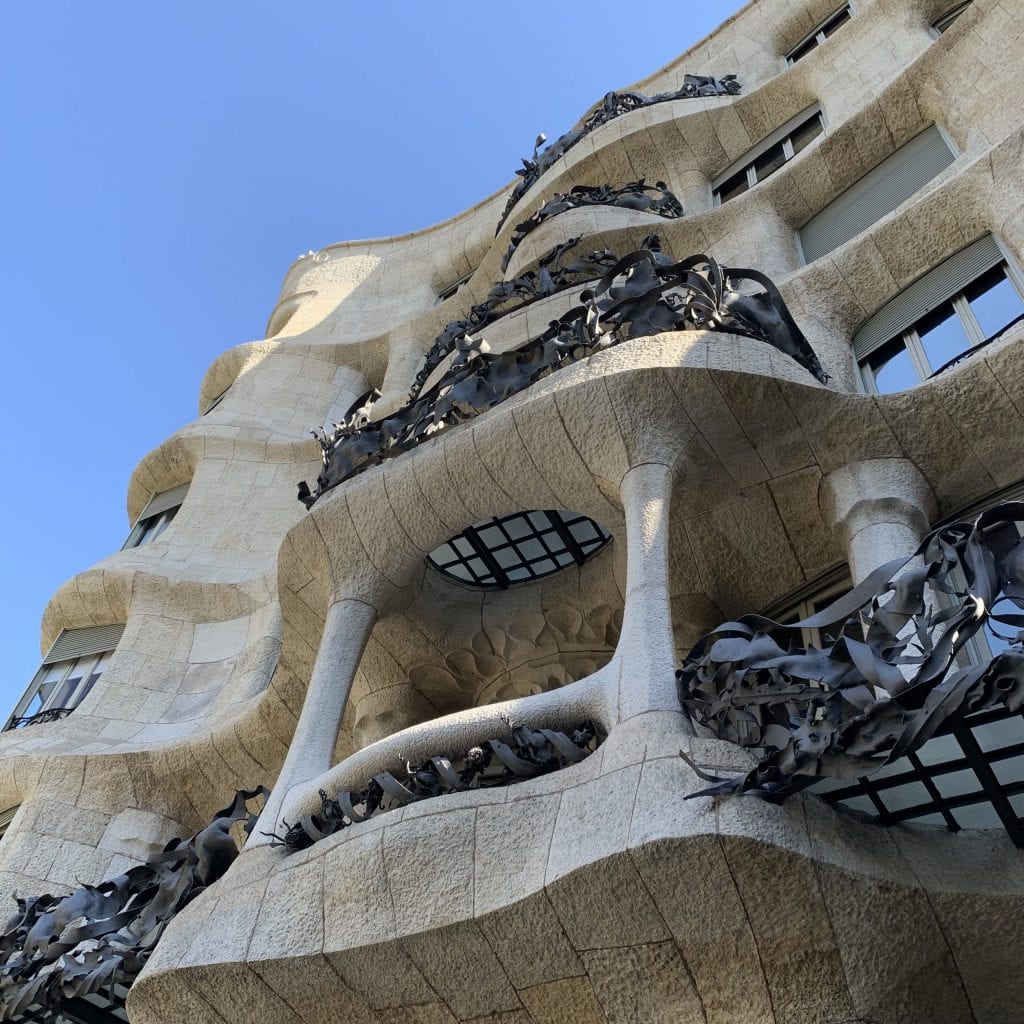
Barcelona
Barcelona and the Catalan cuisine
The city – more than Catalonia, the region of which it is the capital – has achieved worldwide recognition for innovation and creativity in gastronomy, especially in the domain of fine dining. However, famous chefs such as Ferran Adrià and the Roca brothers are not necessarily identified with Catalan cuisine, even among the most knowledgeable foodies.
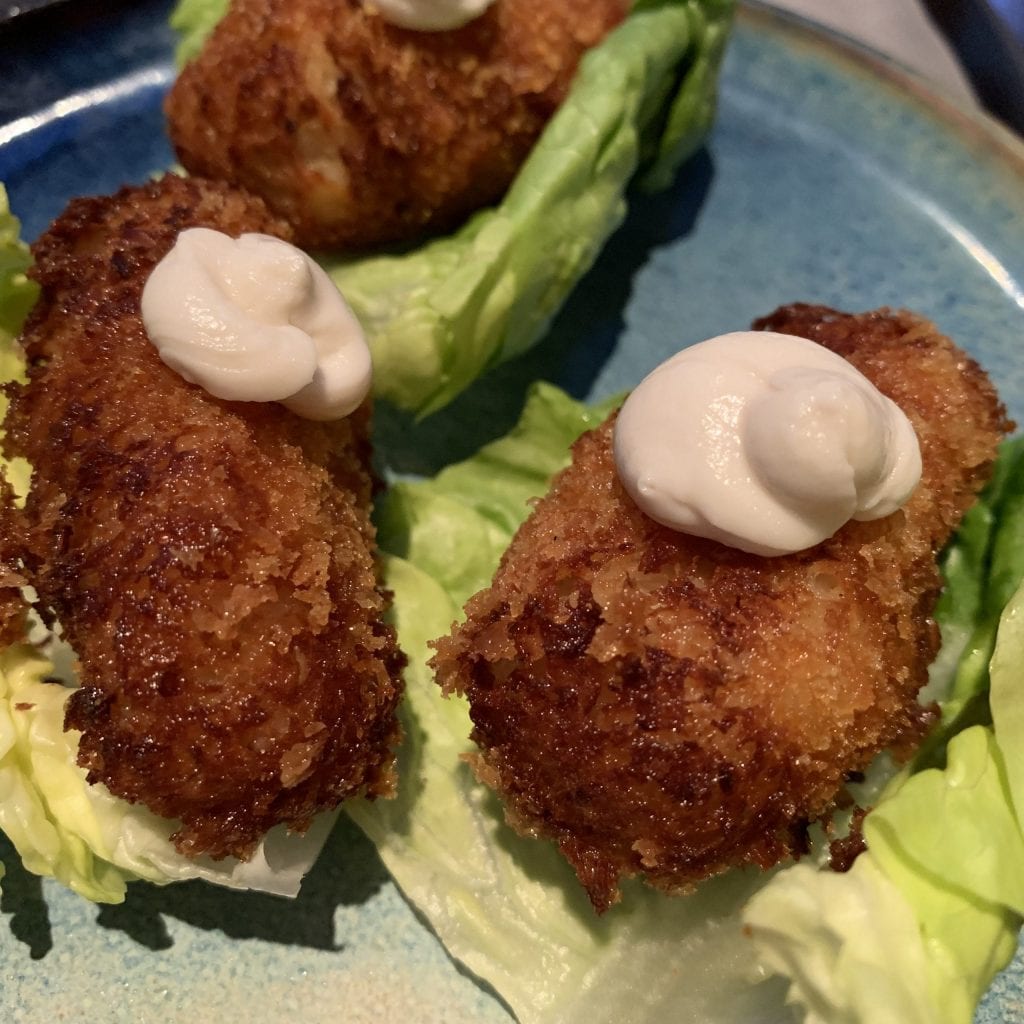
Chicken croquettes
The recognition of Catalan cuisine
For Medina, the reason for this lack of recognition is that Catalan cuisine is hidden by the perception of Spanish cuisine abroad, the images of which are prevalent in the collective imagination. Moreover, when Catalan cooks work abroad, they present themselves as Spanish. “The majority of people do not really know where is Catalonia and they do not care,” states Medina.
The role of tapas
Another issue is what can be called "the tapa effect". Barcelona has become the capital of tapas but in reality tapas do not have a long historical tradition in the city or in Spain in general. As historian Frédéric Duhart explained in a detailed essay in Revista Española de Cultura Gastronómica, tapas are a recent creation.
The origins of tapas
They were first mentioned in Andalusia at the beginning of the twentieth century, in the form of a very thin slice of jamon (ham) or other cold cuts placed on top of wine glasses. Although many think the reason was to avoid insects falling into the wine, it was probably a way to provide something to accompany drinks in an original way.
Tapas before the Civil War
At first, tapas of different kinds were consumed in high-end establishments, with a clear distinction from the less refined food that was served with drinks in working class eateries. Already before the Civil War, tapas had become popular all around the country. After the war, their small size responded well to the constraints connected to the relative lack of food that had followed the conflict.
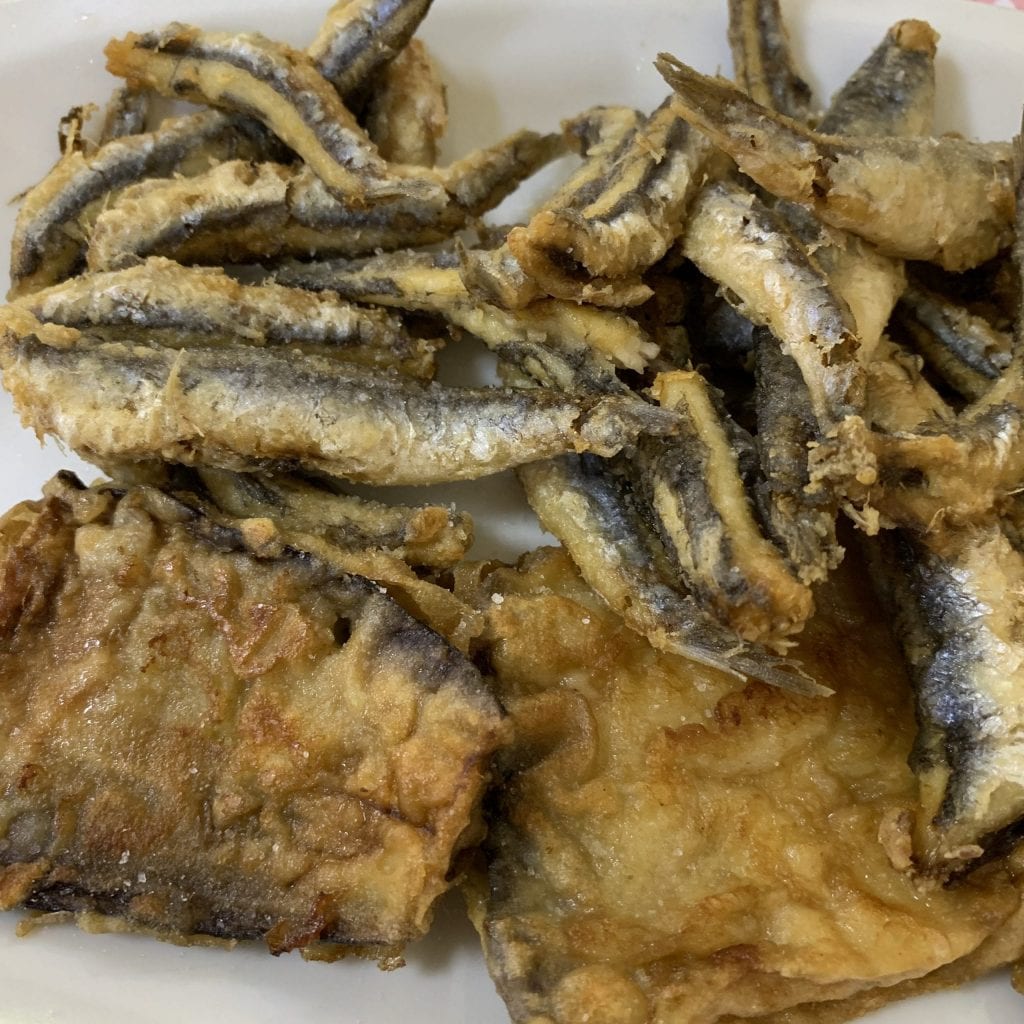
Fried fish and eggplants
The culture of tapas
Duhart underlines that the culture of tapeo –that is to say the habit of going from bar to bar drinking and tasting tapas – developed only in the 1970s and 1980s. Now the global mediatization of Spanish food, the great instagramability of tapas, and the interest for small bite formats have made this form of eating well known around the world. It is tempting to project this modern style into the past, inventing a long history that it actually does not have.
Food tourism in Spain
Because of tourism, which identifies sangria, paella, and tapas as the symbols of Spanish gastronomy, and because Barcelona is the city with most tourists, Barcelona has become a capital of tapas by default. Most establishments in tourist areas offer some kinds of tapas or lunch menus based on tapas. Various local franchises have developed that only serve small bites. “People ask for them, Barcelona offers them,” comments Medina, who also observes that in the past Barcelona was more about aperitivo served with vermouth, in the style of Turin.
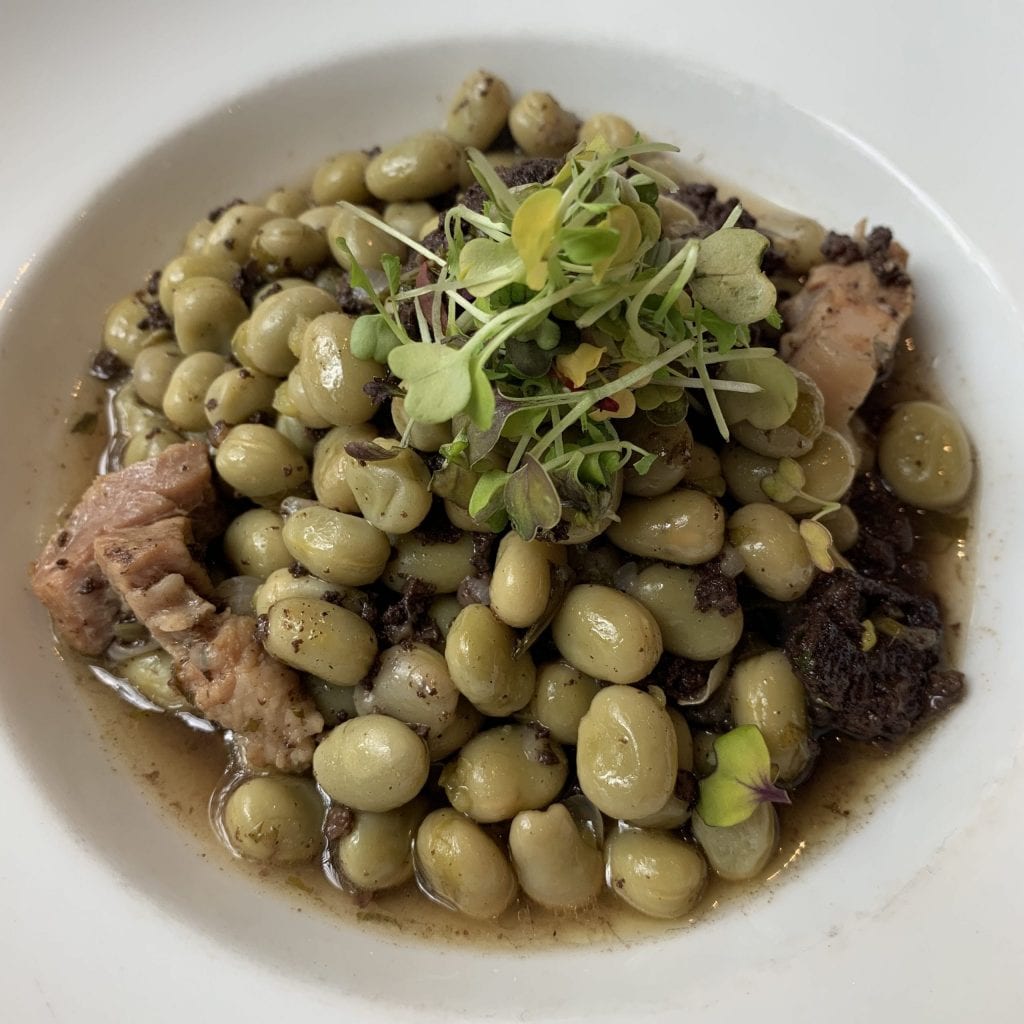
Fava beans and Butifarra
Basque style tapas
In the early twentieth century, following the fashion that considered canned food modern and intriguing specialties, foods like sardines, olives, and peppers were served with vermouth. Later, cheese, cold cuts, and more substantial platitos (little dishes) to nibble on were added. Duhart also mentions the trend of the pintxos, the Basque style tapas now found all over Spain (often served with fresh, light, white Txakoli wine) came about only in the early 2000s.
Different uses of Catalan cuisine
In recent years, the regional cuisines of Spain, including the Catalonian, have been acquiring more international visibility. There is a Galician restaurant in NYC. In London, a few restaurants offer Catalan cuisine. In Catalonia, there are different levels of use of the local cuisine. Some establishments directly offer traditional cooking, including high-end chefs like Carles Gaig, with his Michelin star.
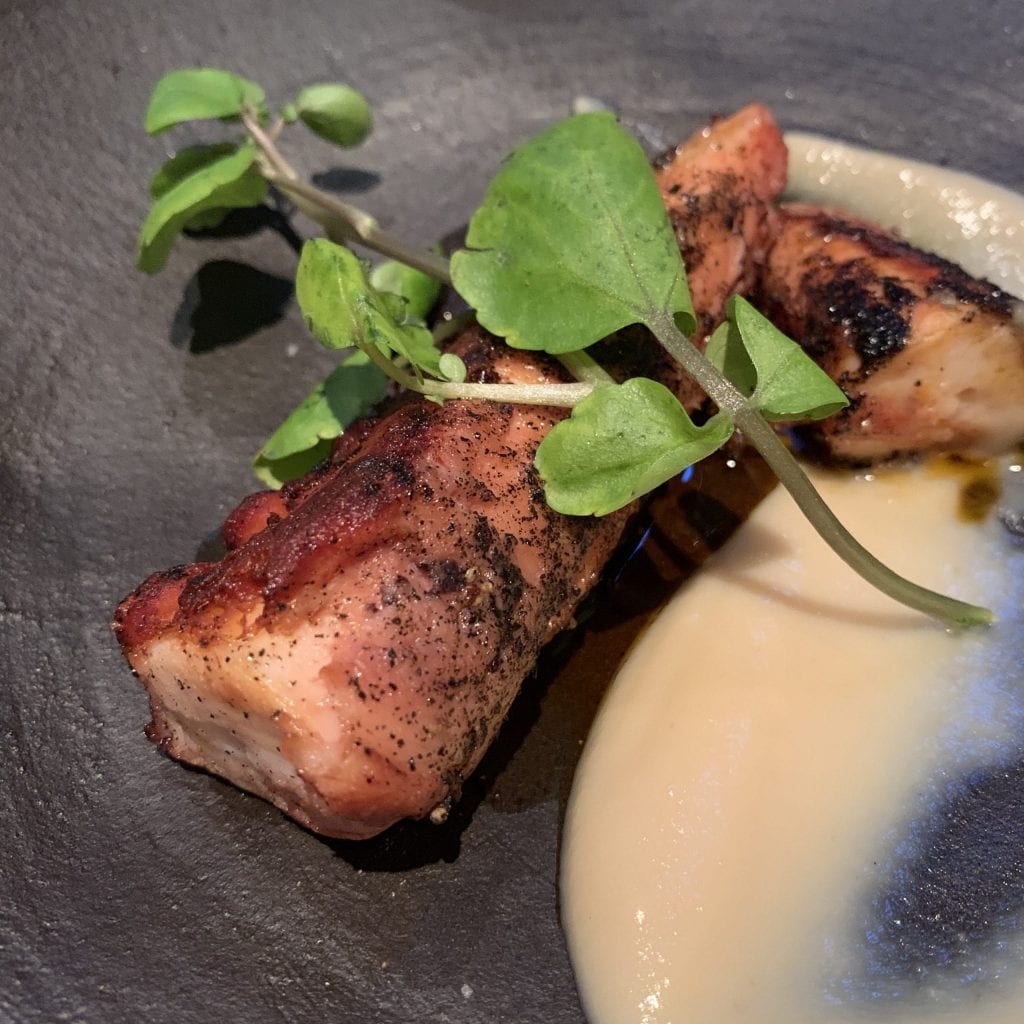
Grilled Octopus
Haute cuisine
There is also innovative haute cuisine, based on the work of Ferran Adrià and his collaborators, which is nevertheless still connected to traditional cuisine. The basis, says Medina, is domestic cuisine, the dishes that constitute the shared heritage of Catalans.
The use of picada and the sweet and sour dishes
According to him, one of the characteristics that set it apart from other cuisines of Spain and the Mediterranean is the use of picada, a preparation made with dried fruits (usually hazelnuts), fried and ground bread crumbs, and olive oil, which is added to many dishes. Another feature that is not common in all Catalan cuisine but above all in the center-north area is the presence of sweet and sour dishes: mixes of fruits with meat, duck with pears, meat with prunes, and Catalan-style spinach, cooked with with raisins.
The influce of other cultures on Catalan cuisine
In Catalonia, the so-called “indian” dishes that can be found all over Spain are particularly common. The name refers to those immigrants who came back to Spain from the Indias (the Caribbean) after the Cuban war in 1898. Having made their fortune in Cuba or Puerto Rico, they built large homes (casas de India) in Catalonia but also on the southern Mediterranean coast of Spain, Cantabria, and Galicia. These buildings have a colonial, eclectic style with echoes of art deco and palm trees.
The returns of the Indians
After being barred from the New World until 1714, when the Bourbons completely absorbed Catalonia – which had till then maintained its own laws and customs–into Spain, Catalans started migrating to the Americas, participating for example in the conquest of California and settling down in the newly independent countries of South America. With the “the returns of the Indians” in the early twentieth century, dishes such as arroz a la Cubana (Cuban-style rice), with fried tomatoes and plantains, became popular. As there were no plantains in Spain, sweet bananas were used instead.
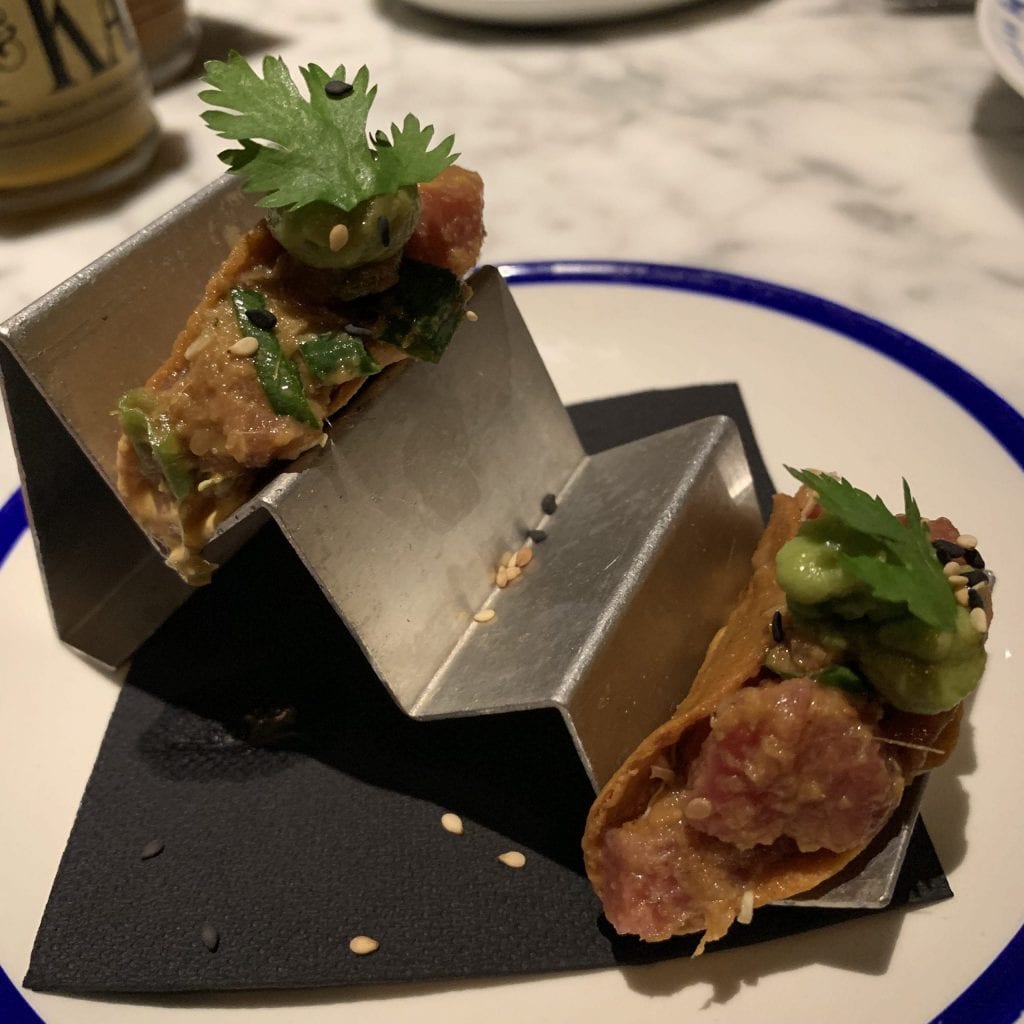
Mini tacos
Catalan dishes
As a penchant for sweet and sour already existed, these recipes were welcome in Catalonia, included those of fried vegetables such as eggplants served with sugarcane syrup. Catalan cuisine, although not well known abroad, had always been very distinct in Spain and had exerted a huge influence on the development of the European courtly cuisines of the Renaissance. Back in the fourteenth century, one of the three earliest European culinary books was from Catalonia: the Llibre de Sent Soví (the book of Saint Soví). In his culinary treaty De Honesta Voluptate and Valetudine, the Roman erudite and Pope librarian Platina made reference to the fame of Catalan cooks.
Catalan and Italian cuisine
The influence of Catalonia on Italian cuisine grew with the control of the crown of Aragon over Southern Italy and the dominance of 鼎atalans・ in the Vatican. Pope Alexander VI Borgia was from Valencia, a region which back then was not so distinguished from Catalonia. As a consequence, many dishes in the 鼎atalan manner・ became popular in Italian courts. El llibre de coch (the book of cook), written for the king of Naples Ferran between 1458 and 1494, was actually written in Catalan: the court was Neapolitan, but the cook was Catalan.
Lower and bourgeois classes
The transmission of Catalan dishes continued all the way to the books compiled by religious orders in the eighteenth and nineteenth centuries, and the rise of the popular cookbooks in the nineteenth century, such as the 1835 La cuynera catalana (the Catalan female cook), in which traditional customs from the lower classes were adapted to the requirements of the bourgeois classes, who employed working-class female cooks.
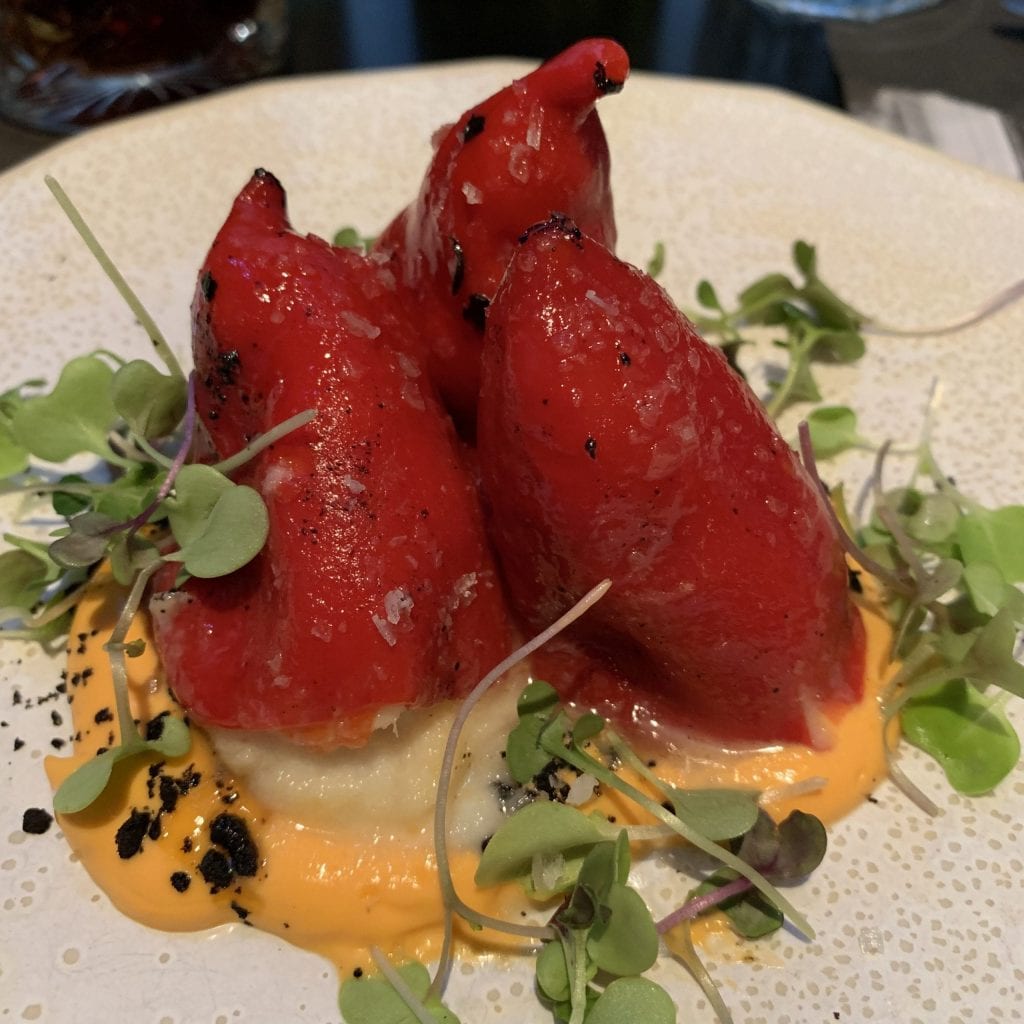
Piquillo peppers with cod brandade
Catalan cuisine in the Unesco list
Due to such complex past and shifting present, determining what constitutes food heritage in Catalonia is not an easy task, both at the scientific and at the practical levels. A dossier for the inclusion of Catalan cuisine in the UNESCO list of intangible cultural heritage has been in the works for more or less ten years. It is an initiative coming from civil society with the support of Generalitat, the government of the region of Catalonia.
The separatist movement
However, due to the recent unrest connected to the separatist movement for local independence from Spain, this is definitely not the best political moment to push on something that further underlines the specificities of the region. At any rate, all candidature for the UNESCO list has to go through the Ministry of Culture at the national level, which is unlikely to support the process at this moment. Furthermore, the Spanish Academy of Gastronomy is already working on a UNESCO candidature for tapas, which instead would cover all of Spain.
Supporting food heritage in Catalonia
That does not mean that nothing is being done to identify and support the food heritage of Catalonia. The Corpus of Catalan Culinary Heritage was launched in the early 2000s to provide a detailed description of what Catalans eat. A first revision took place in 2011 and a third one is being planned. These revisions point to the need for food heritage go be alive and changing as time goes by.
by Fabio Parasecoli
You can learn more about Fabio Parasecoli’s research at fabioparasecoli.com
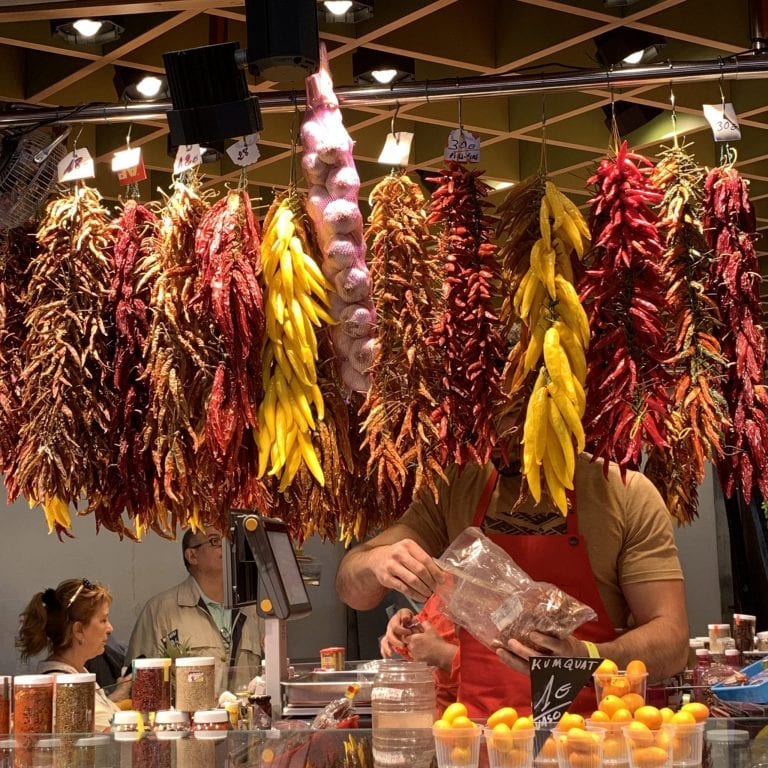
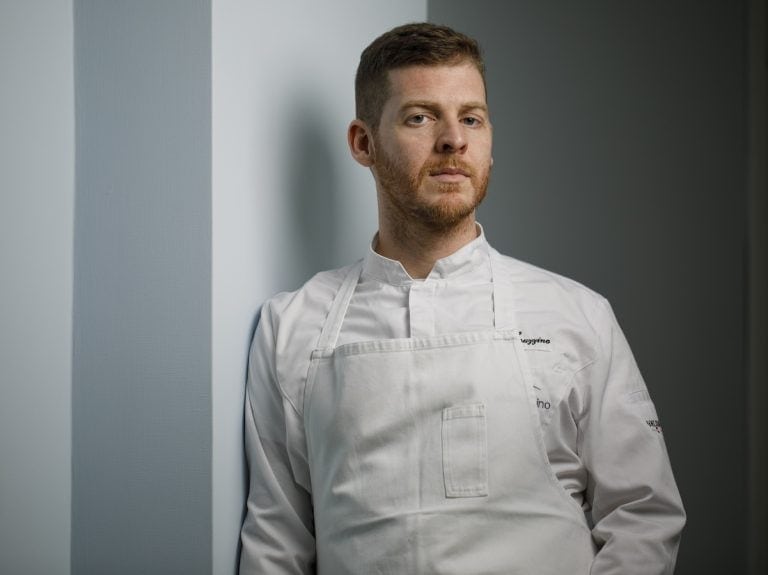 A new upscale restaurant in a museum: this time in Calabria
A new upscale restaurant in a museum: this time in Calabria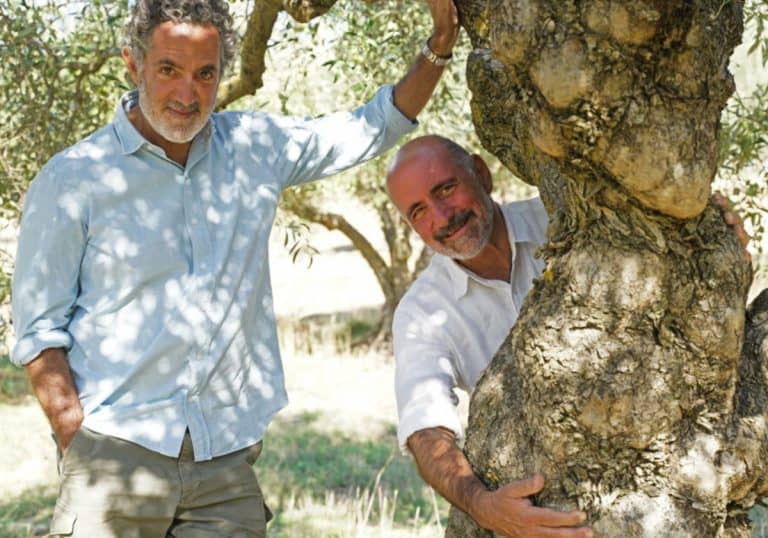 In Sicily, a company produces high-quality oil with cutting-edge agronomic and extraction technologies
In Sicily, a company produces high-quality oil with cutting-edge agronomic and extraction technologies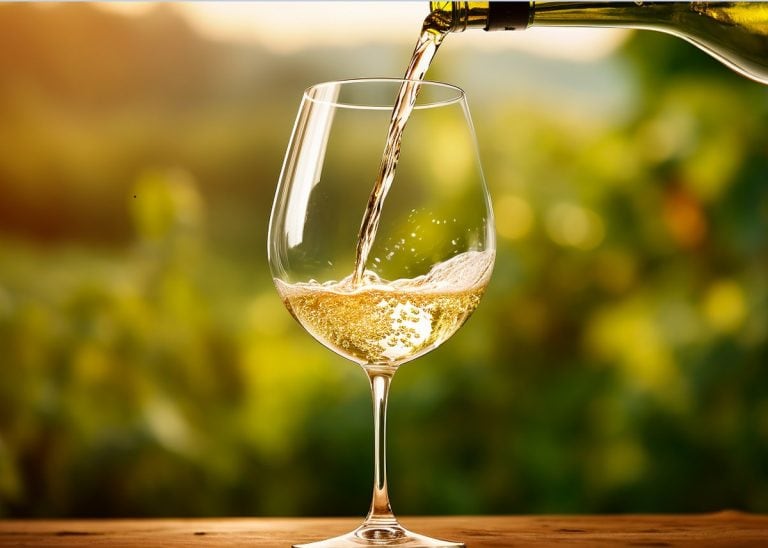 What wines do Italians love? Here are the favorite wine regions according to consumers
What wines do Italians love? Here are the favorite wine regions according to consumers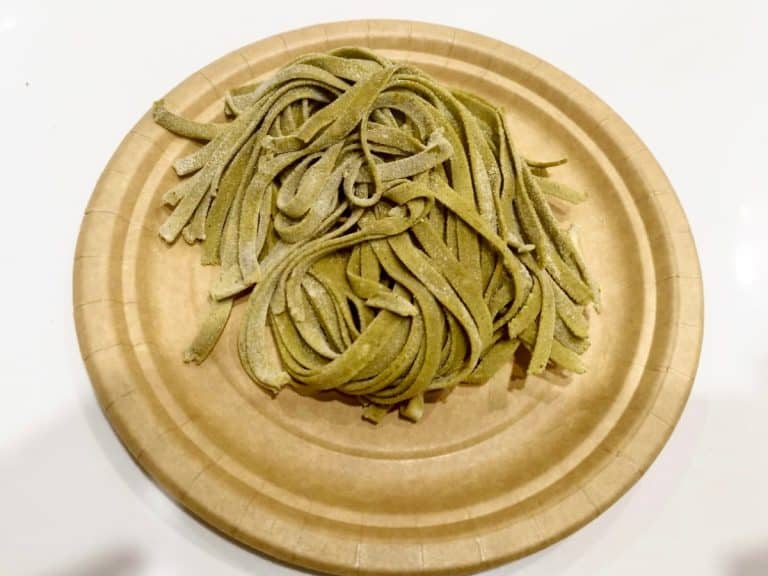 We discovered the first pasta made from olive leaf flour, it's fantastic and it comes from Ascoli
We discovered the first pasta made from olive leaf flour, it's fantastic and it comes from Ascoli Where to eat around the Eur lake in Rome
Where to eat around the Eur lake in Rome